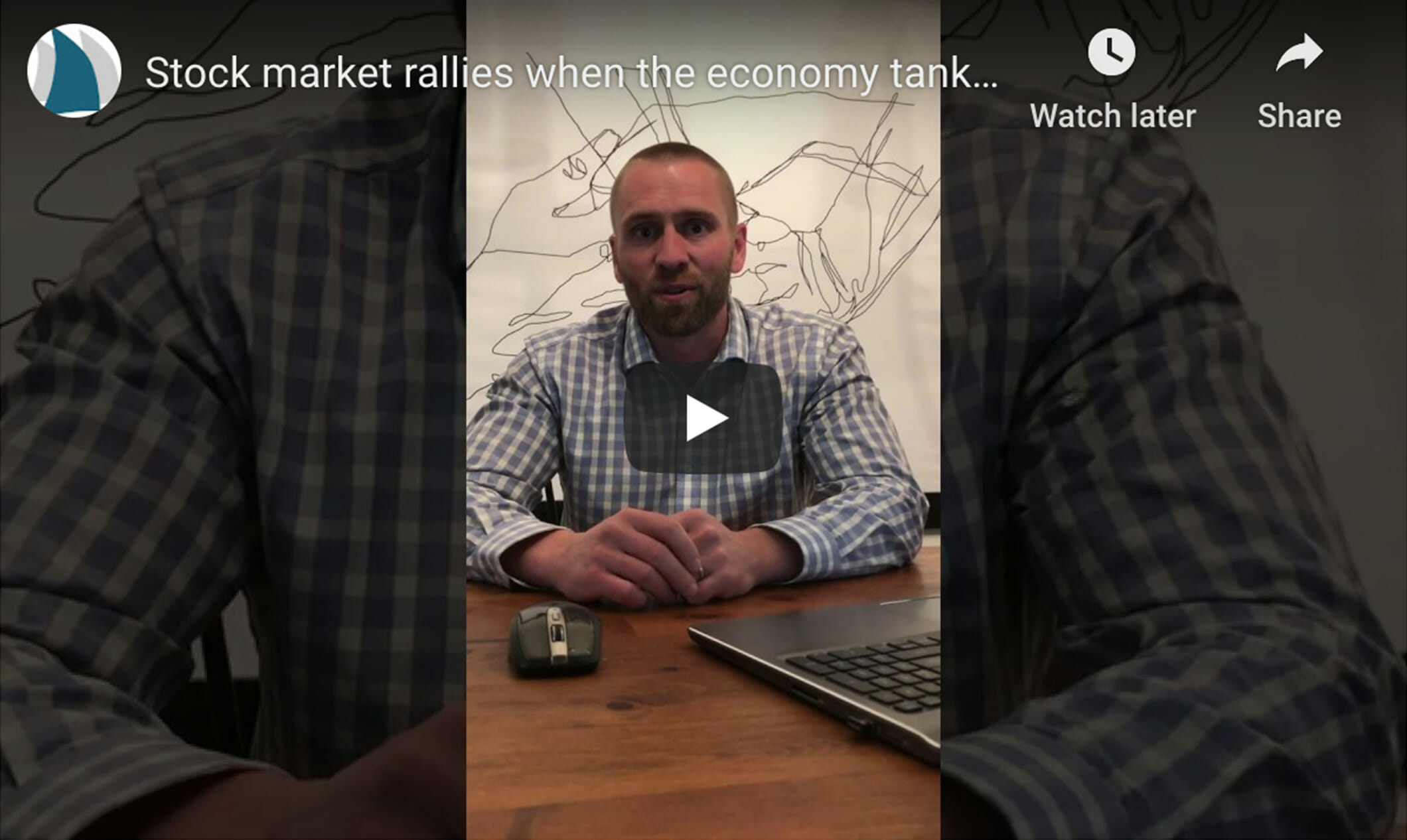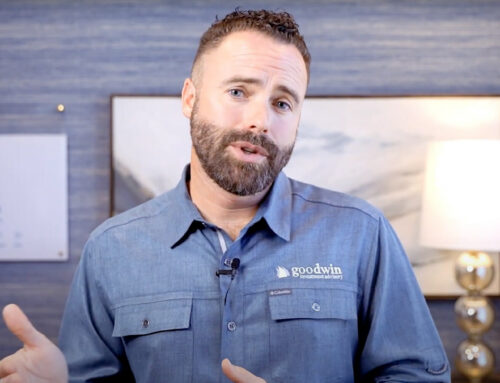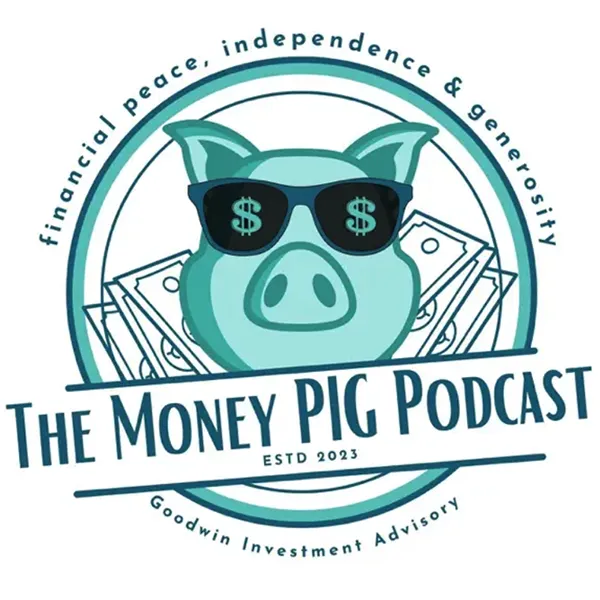
April 10, 2020
As the economy suffers, why does the stock market rally?
By Justin Pitcock
The vast majority of media is currently touting about how bad the economy is, even comparing economic metrics like the unemployment rate to the great recession. You may have heard that on Friday May 8th that the US Bureau of Labor Statistics reported, “the April unemployment rate spike of 14.7% from a February low of 3.5%.” The number of unemployed Americans rose by 15.9 million in April to total 23.1 million. The headlines are overwhelmingly bad. And to add to the negative headlines, you are probably feeling the effects of this firsthand.
So, you may be wondering why the Stock market has rallied, or how can stocks continue to go up. You probably think that someone would have to be crazy to invest at a time like this, but the stock market and the economy are disconnected from one another, meaning that one does not directly affect the other.
When you take a closer look, the economics of this market crash are no different from past crises. Think of the economy as a machine with multiple components. It is the sum of all of the individual financial transactions of goods, services, and financial assets. The biggest buyer and seller in our economy is the government which consist of two important parts;
- Central Government (collects taxes and spends money)
- Central Bank (controls the amount of money and debt in the economy by influencing interest rates and by buying and selling financial assets).
If you are interested to learn more, I highly recommend watching the YouTube video “How The Economic Machine Works by Ray Dalio”
When the business cycle is in decline, the government responds by spending more money. We have already seen this through the stimulus checks, payroll protection program, key industry bailouts, all totaling over $2.4 trillion. As Americans have spent less due to the crisis, the government has more than compensated for the difference. History has shown that over time the government spending will trickle through to the stock market as Americans feel assured by the social safety net and continue spending money helping corporate profits in the future.
The Central Bank also responded by lowering interest rates so that people and businesses can refinance debt at lower rates, reducing the debt payment burden and increasing disposable income. Low interest rates also incentivize people and businesses to borrow more money and increase spending.
One of the mechanisms that the Central Bank uses to lower interest rates is to purchase financial assets such as mortgage backed securities, corporate debt, and treasury bonds. Since the Central Bank is the largest purchaser of financial assets, it is able to “move the market” and prop up financial asset prices. This process also floods the economy with cash and is known as quantitative easing (QE).
Because of the aggressive actions by our Central Government and Central Bank, financial assets begin to rally long before the real economy. In addition, and even more importantly, stock market investors are forward looking. Simply stated, investors purchase ownership in companies for their future income and earnings potential. In fact, the share price of a dividend paying stock is based on the “present value” of all expected future dividends. Do you think the current economic crisis will affect the future earnings power of companies like Apple, Home Depot, or Walmart, 1, 3, 5, or 10 years down the road? I do not think so.
From a historical perspective, let’s look at the 2007-2009 bear market. When the S&P 500 hit its low on March 9, 2009, jobless claims were still rising. Jobless claims eventually peaked at the end of the month, but stayed high basically until the following year (2010). The unemployment rate also kept going up throughout 2009, with a falling labor-force participation rate and a general sense that the U.S. economy was doomed. But, by the end of March 2009, the S&P 500 had soared +18.1% off the low, and by the end of the year stocks had rallied +67.8%. The stock market was telling one story, while the economy and sentiment were telling another.
In summary, taking your cues about the stock market from the economic headlines of the day can be a costly mistake. For example, if a person had invested $100,000 in the S&P 500 on March 9, 2009, they would have accumulated $630,000 by the time the market peaked in February 2020. But if the investor had waited just three more months to invest (June 2009, when the economic headlines were slightly better but still bad), the same $100,000 would have only grown to $450,000. We can find examples of this type of outcome throughout history. Stocks rarely wait for good news to arrive!










